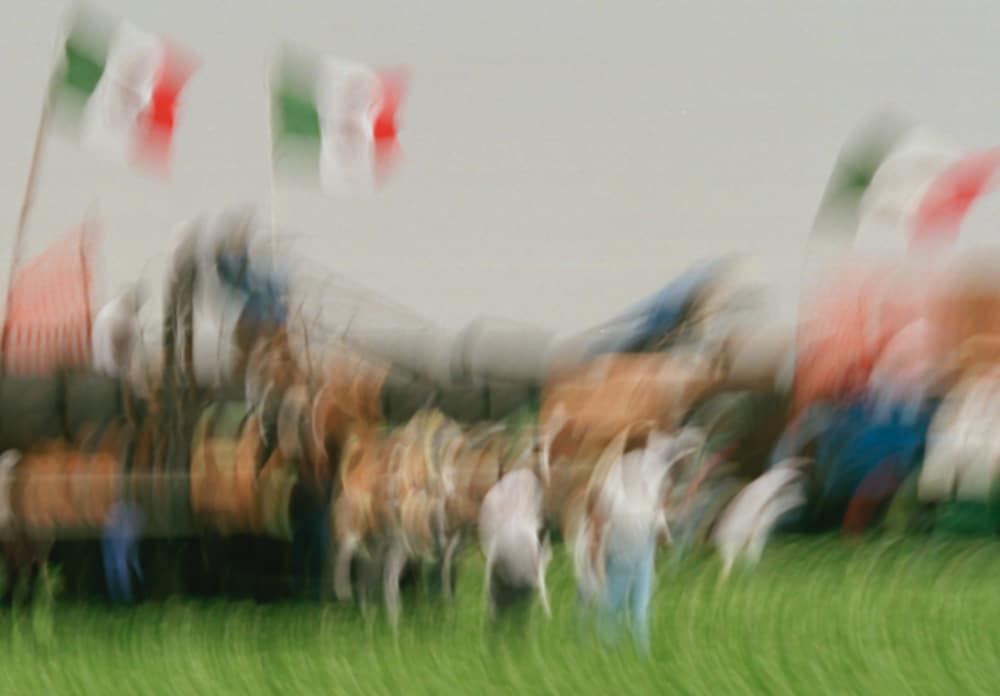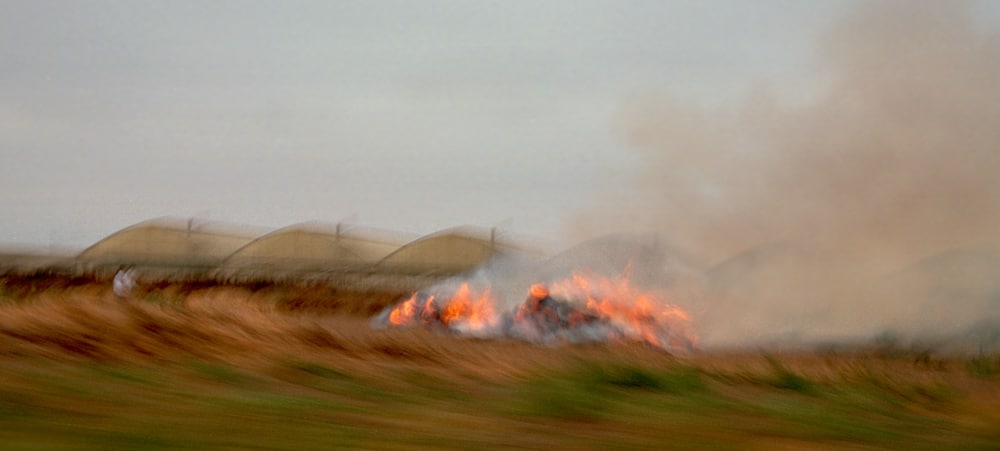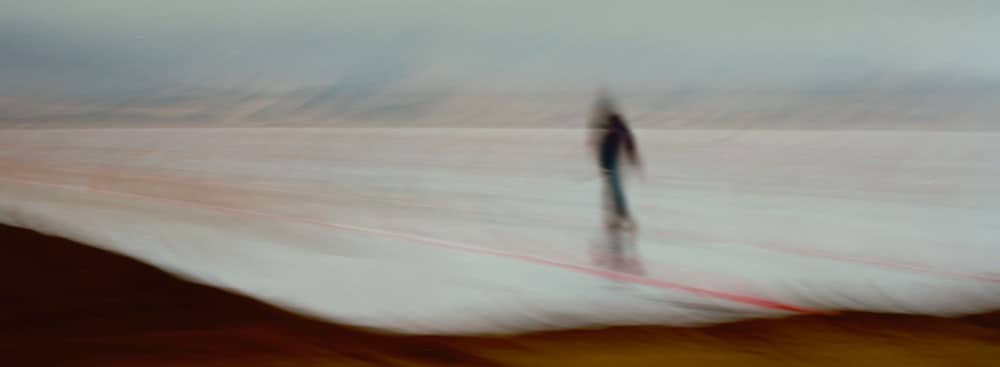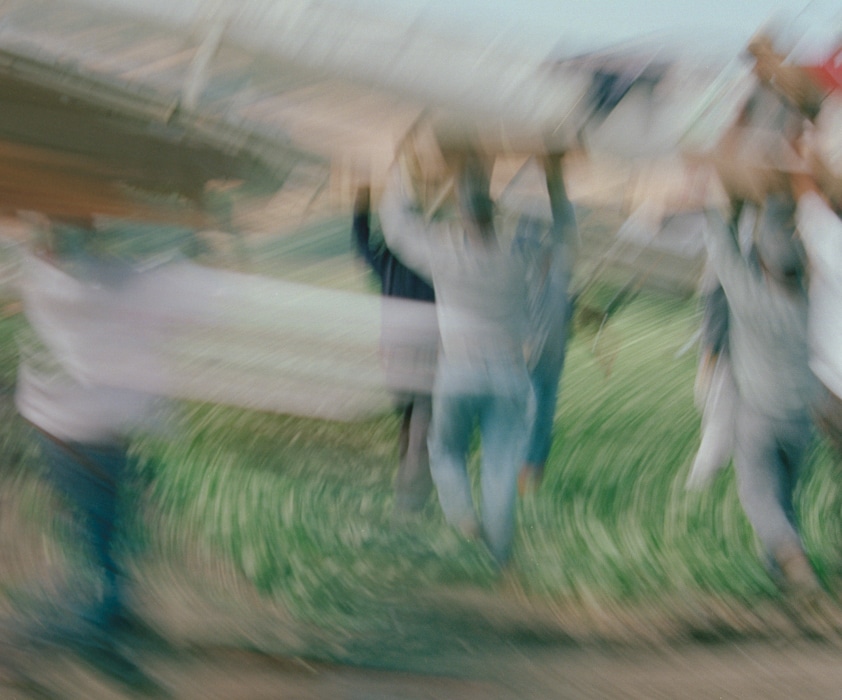Yesterday I got an email out of the blue. Hartnell College in Salinas wants to do a reprise exhibition of some of my work starting in a couple of weeks. Usually I get shows after asking for them, and then the lead time is long. This is unprecedented for me. A bit of history explains some of what’s going on. As I – by complete coincidence — mentioned in yesterday’s post, in 2003 I had an exhibition of some of this work at Hartnell. When the show was over, I gave them the photographs for their collection, pleased by the thought that they might be stored near their impressive Dorothea Lange trove. Fourteen years rushed by (it sure doesn’t seem like that long to me!). Now the Gallery Director is looking at the images with new eyes: “[The images] seem even more timely now as we face issues of immigration and the nature of this region.“
More on this in a later post, but the thought I want you to carry into the rest of this piece is that I was – and still am – on cloud 9. These days I’ve been so much more involved in making art than marketing it that I haven’t had a major show since the CPA one with the Staccato images. I continue to have individual pictures in exhibitions, but that’s not the same thing. You ever notice that you’re happy and you have to think about why that’s true? That’s how I woke up this morning.
Hold that thought while I switch gears.
I have previously written about photography as communication. In that post, I talked about a guy whose only audience for the full 50+ MP glory of his work is himself, viewing the images on his monitor at resolutions up to 1:1. I have since found out that he’s not unique. There are others, including a very skilled macro shooter on LuLa, who treat photography similarly. I frankly don’t understand it.
An analogy would be a person spending hours preparing a marvelous meal, setting the table with elegant china and silverware, lighting candles, and then sitting down to eat it alone. That is so far from my reality that I can’t begin to understand why someone would do that. It makes me sad just to think about it.
However, in a continuation of yesterday’s post, I’m going to try to put myself in the head of that kind of photographer in this post, to see what their attitude towards criticism would be. I will probably fail, and, if you’re one of the photographers who I’m trying to grok, let me know where I misread you.
Let’s continue with the cooking analogy. Let’s take our solitary cook and diner, and posit that somebody waived a magic wand and Julia Child or Alton Brown appeared in the kitchen during the creation of the meal. Julia or Alton might say. “That’s too much salt” or “You’re going to overcook the chicken and it’ll dry out” or “You want to make sure all the lumps are out of the butter and flour mixture before you start adding the milk.” But they would be thinking of how to make the best possible meal by their standards. That’s appropriate where the cook doesn’t know who’s going to be eating the meal. But if the cook and the diner are the same person, do the conventional ideas about what tastes good matter?
Faced with advice, our cook might say, “It’s good when it’s salty” or “I like my chicken dry” or “I want lumps in my sauce.” And what could Julia or Alton say then? “Make it right, even if it doesn’t taste right to you?” Probably not.
On the other hand, our cook might try what the advisor was recommending, and find that he liked it better than the way he usually made the meal. It all depends on his attitude, his knowledge, and his degree of confidence that he knows precisely how to make the food he likes to eat.
Flipping back to photography, you can see how a photographer whose only audience is herself might easily reject any photographic advice or criticism as irrelevant to their work, and possibly intrusive and offensive. Instead of protesting that lumps in the roux are good, the riposts might go like this:
- But I like it when the colors are saturated. You call it eye-searing; I call it perfect.
- If I sharpened it the way you want me to, it would just look dull. And I like those halos around dark things in the image.
- Well, I don’t think it looks plastic; I don’t like noise, and I just crank up the sliders until every last bit of it is gone.
I would imagine such a photographer’s work would not evolve over the years in a way that would please most people, but those people will never see any of it, so what does it matter?
Our solitary photographer could take a differnt tack and embrace the suggestions, try them on for size, and decide later if that were a good thing. I’d say that was worth a try, but then I’ve already established that I’m no judge of what a person like that thinks.
But there’s something that makes things more complicated. If the photographers I’m talking about never showed their work to anyone else, I’d never know that they existed, and I do know about at least three of them. They’ve all posted low-res versions of their work on the web, and they’ve both written extensively about equipment (in all cases) and techniques (in one case) for making beautiful high-resolution images that presumably no one has ever seen. One of them even has a sig that is a left-handed swipe at anyone who uses a camera with less than a certain resolution. If they were working strictly for themselves, they wouldn’t do any of that. So it’s not as clear cut as I made it out to be above, but what remains clear is that I don’t understand the motivation or the satisfaction at all, but I suspect that nothing I said yesterday about criticism necessarily applies to these folks.
Added 8/4/17
I came across a quote from Art and Fear, the great Ted Orland/Bavid Bayles book, that bears on the issue of photographing for yourself alone:
If art is about self, the widely accepted corollary is that making art is about self-expression. And it is – but that is not necessarily all it is. It may only be a passing feature of our times that validating the sense of who-you-are is held up as the major source of the need to make art. What gets lost in that interpretation is an older sense that art is something you do out in the world, or something you do about the world, or even something you do for the world. The need to make art may not stem solely from the need to express who you are, but from a need to complete a relationship with something outside yourself. As a maker of art you are custodian of issues larger than self.





Jim, I have been teaching meditation for about 25 years, both to regular folks and to prison inmates.
It is basically a study of the mind (not the brain!!!), and most everything that comes out of one’s mouth has to do with me and mine, not you and yours. So unless someone is giving you helpful hints, the criticism is more about them than it is about you.
I buy that — somewhere in the last couple of days, I said that photographs are Rohrshachs. But hearing criticism is an opportunity for you to learn something, even if you’re learning it from yourself, not the criticizer.
P.S. Congratulations about the show!